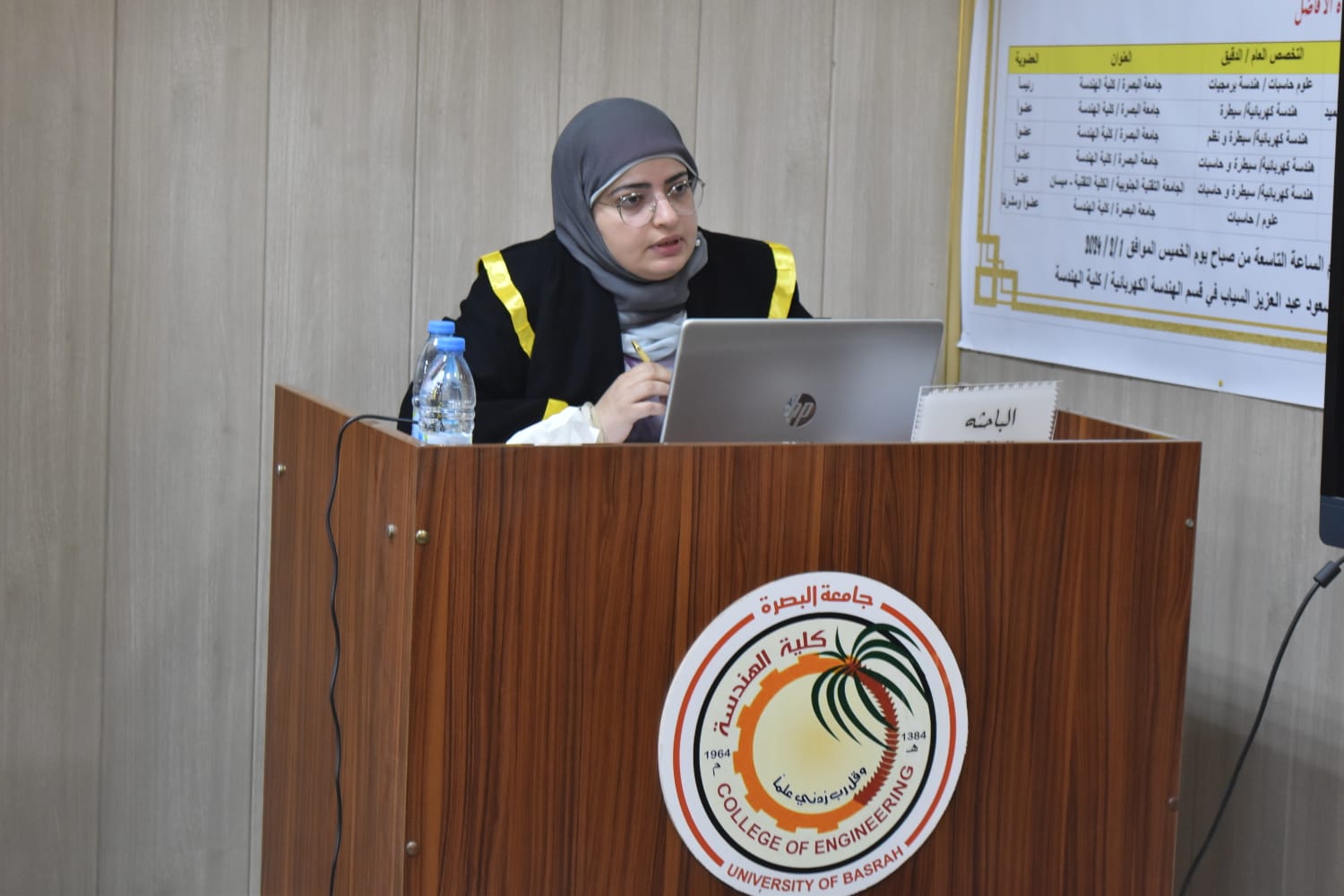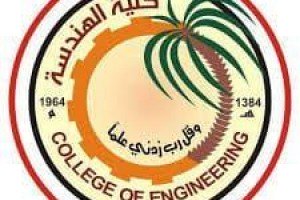
The doctoral thesis of the student Namariq Uday Fahd was discussed at the University of Basra, College of Engineering, Department of Electrical Engineering, entitled Design and implementation of autonomous vehicles based on smart technology. This study focuses on implementing object detection systems that use feature extraction data. These systems exhibit high levels of accuracy in detecting different object classes while also showing efficient performance in terms of detection time and can be trained using low-resource hardware. Three machine learning (ML) detection algorithms were used: KNN, Stochastic gradient descent SGD, and Nave Bayes NB. In addition, two deep learning (DL) algorithms were implemented; Namely, Feat5 and Feat92, deep learning architectures were built without using any known architecture or pre-trained models. Two feature extraction algorithms were used: (PCA) and (LDA), with the latter expanded with some statistical feature extraction techniques, namely Mean, Variance, Standard Division, Min, Max as well as Mode. Some preprocessing and image augmentation techniques were used in the training case; The main idea is that the applied algorithms use features as input for detection and recognition, not images. Feature extraction algorithms process images to obtain features and feed them to detection algorithms. The results showed that using deep learning models is more accurate. The accuracy of the designed deep learning was 100% and 99.96% for the first and second methods, respectively. The accuracy in the machine learning case of the first approach is 97%, 96%, and 96% for SGD, KNN, and NB, respectively. The accuracy of the second approach in the case of ML is 21%, 23%, and 52% for SGD, KNN, and NB, respectively. Using features as input to deep learning algorithms is more effective because it is less complicated than using raw images as input to a DL algorithm, and needs less training time and high accuracy.






